8 Photographers Capture Earth’s Most Precious Landscapes
![]()
A new photography exhibition at the Muscarelle Museum of Art at William & Mary offers an intimate glimpse into some of the most vital and fragile places in nature. “VITAL: Our Irreplaceable Earth,” brings together the work of eight international photographers to tell the stories of these irreplaceable ecosystems.
Curated by Ami Vitale, acclaimed National Geographic photographer, writer, and filmmaker, the VITAL exhibition bridges science and conservation through compelling visual storytelling. The project captures precious landscapes and the people working to protect them, creating a journey across fragile, awe-inspiring environments interpreted through the eyes of some of the world’s most talented photographers.
“Every single environmental issue needs artful, informed storytelling,” said Vitale.
“Photographers can create images that serve as an unfiltered connection to the natural world, stirring emotions, fostering empathy and cutting through the noise of misinformation. These are not just photographs; they are windows into ecosystems, cautionary tales of human impact, and invitations to take meaningful action.”
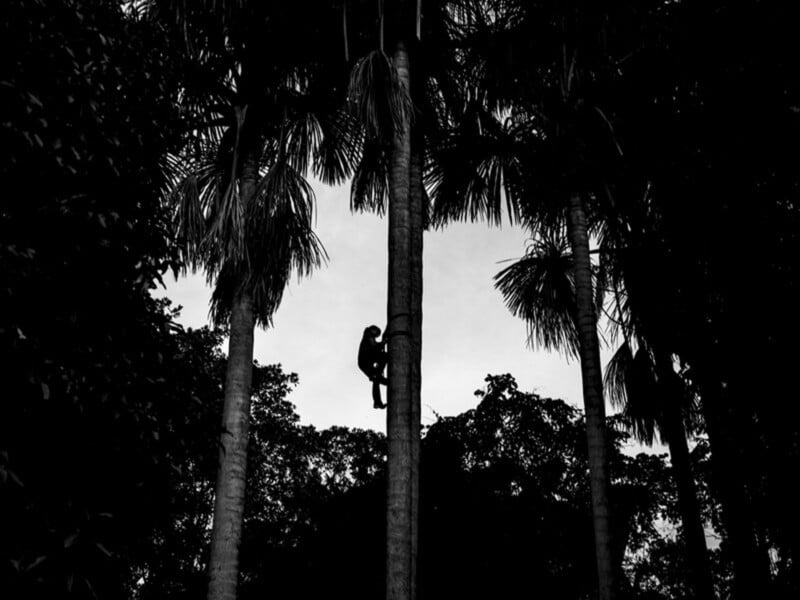

Protecting Nature Through Science and Storytelling
The exhibition is supported by Conservation International, whose research identifies ecosystems holding “irrecoverable carbon,” climate-warming carbon that, if released, cannot be recovered in time to prevent catastrophic climate impacts.
“Our global map of Earth’s irrecoverable carbon shows the precious places we must protect to avert a climate catastrophe,” said Allie Goldstein, a scientist at Conservation International.
“‘VITAL’ brings these stunning landscapes and their often-invisible protectors face-to-face with viewers through photography. From Australia to Liberia to Cambodia to Canada and more, the images give a glimpse into some of the last remaining old-growth rainforests, mangroves, and peatlands on every continent.”
Conservation International selected eight photographers to travel to these critical locations and uncover their stories, each bringing a unique and deeply personal perspective.
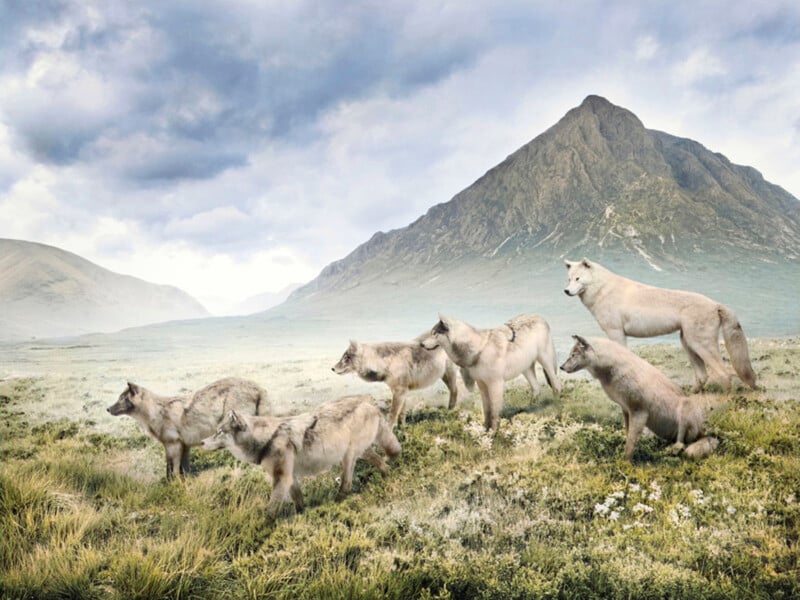
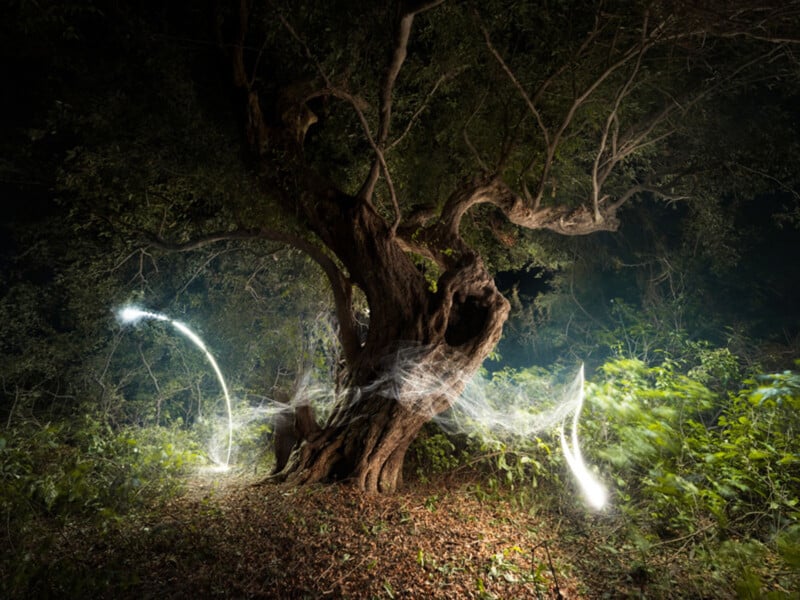
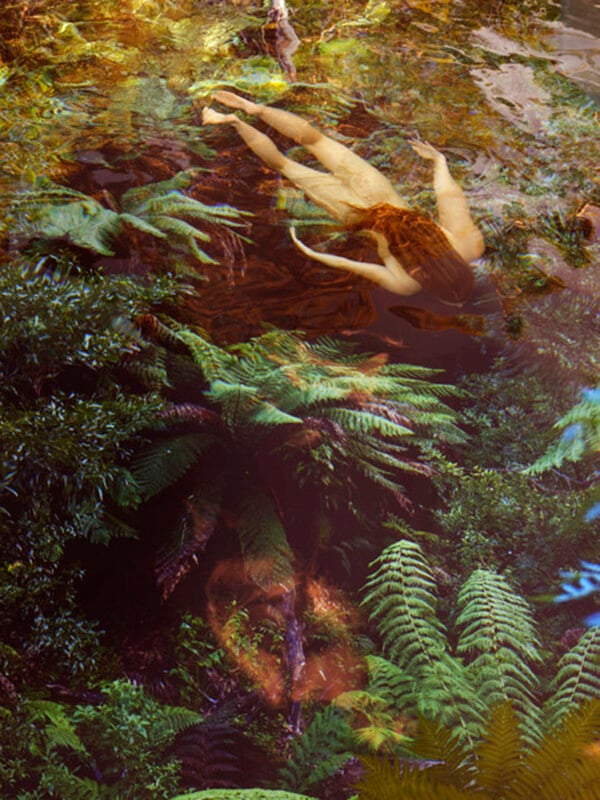
Featured Photographers and Their Stories
The exhibition brings together eight internationally acclaimed photographers, each bringing a unique perspective to critical ecosystems. Ami Vitale captures northern Kenya, where the Samburu community protects African juniper forests and the wildlife that roam them. Musuk Nolte explores the Peruvian Amazon, illuminating palm forest ecosystems and their protectors at night. Reuben Wu presents Tonlé Sap Lake in Cambodia through long exposures and light painting, revealing the flooded forests in an entirely new light. Adeolu Osibodu documents Liberia’s rainforests, meeting Indigenous communities and frontline conservationists.
Meanwhile, Tamara Dean focuses on the eucalyptus forests of southeast Australia, highlighting fire-prone, carbon-dense landscapes. Jim Naughten reimagines Scotland’s peat bogs as portals to the past, framing landscapes once home to wild animals. Maíra Erlich photographs coastal Guyana’s mangroves and emerging forests. Nick Brandt presents a haunting portrait of displaced animals and people in Kenya, from his series “The Day May Break.”
“As we celebrate William & Mary’s Year of the Environment, this exhibition presents a powerful narrative on our changing world,” said David Brashear, director of the Muscarelle Museum of Art.
“We hope visitors will immerse themselves in the visual beauty of these photographs and find inspiration in the compelling stories they tell.”
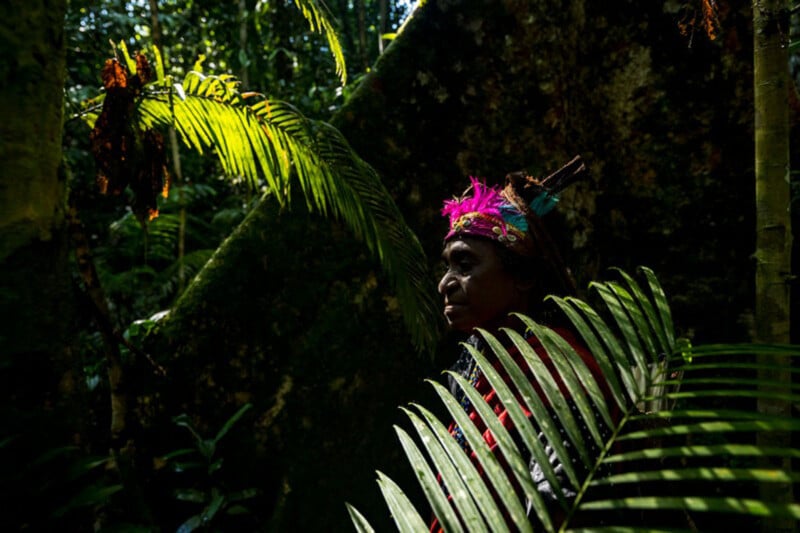


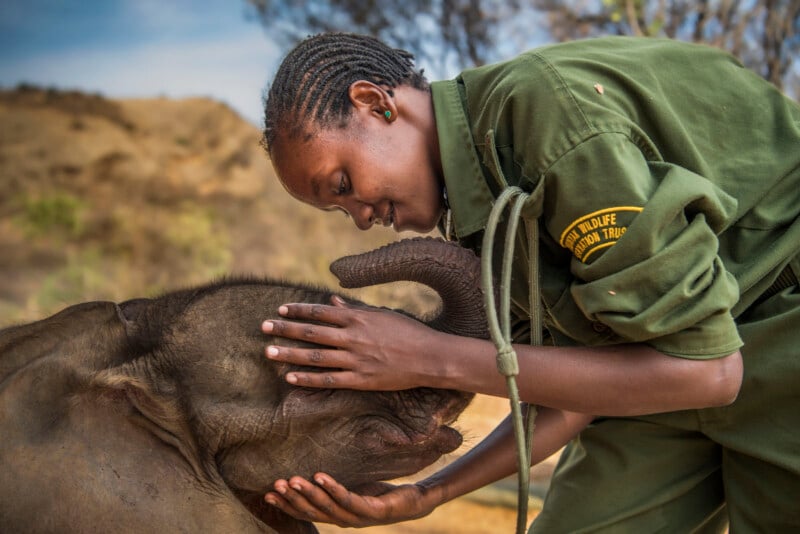
Education and Community Engagement
VITAL is presented in collaboration with William & Mary’s Institute for Integrative Conservation, which has developed an educator’s toolkit for middle-school students to engage with the science and stories behind the images. Docent-led tours will be available for school groups and the public beginning in September.
Exhibition Details
The exhibition will open with a reception on Tuesday, August 26, 2025, from 6:30 PM to 8:00 PM, inviting visitors to preview the collection and meet the curatorial team. VITAL: Our Irreplaceable Earth will then be on view August 27 through November 2, 2025, with free admission.
Image credits: Muscarelle Museum of Art, Conservation International, individual artists as credited.